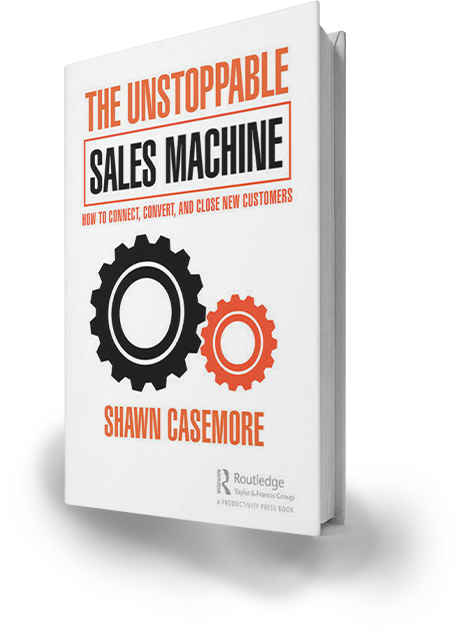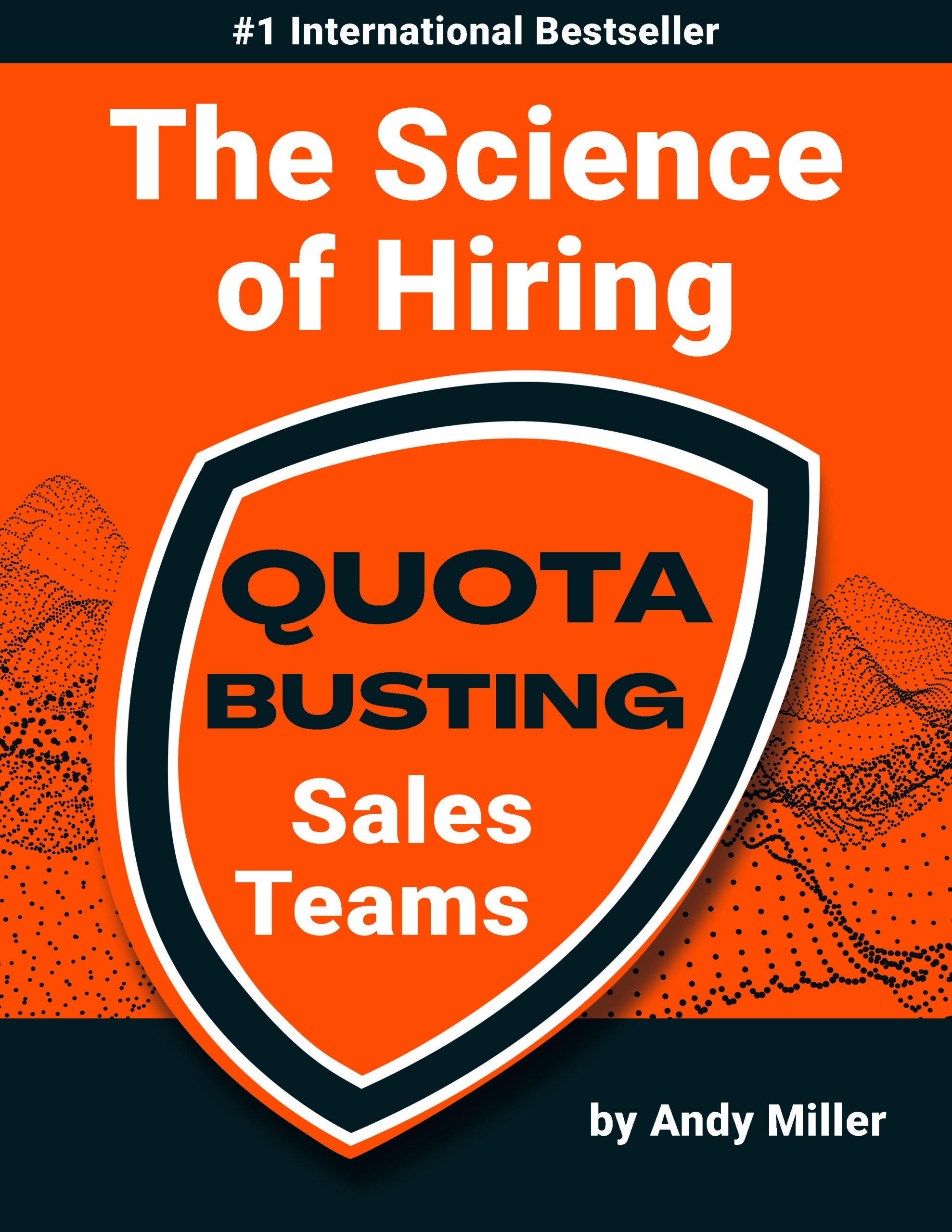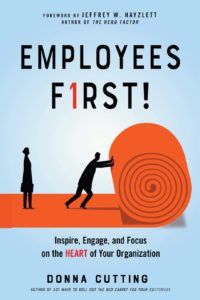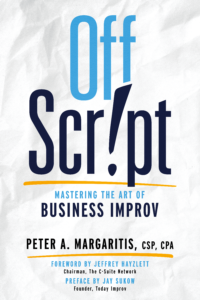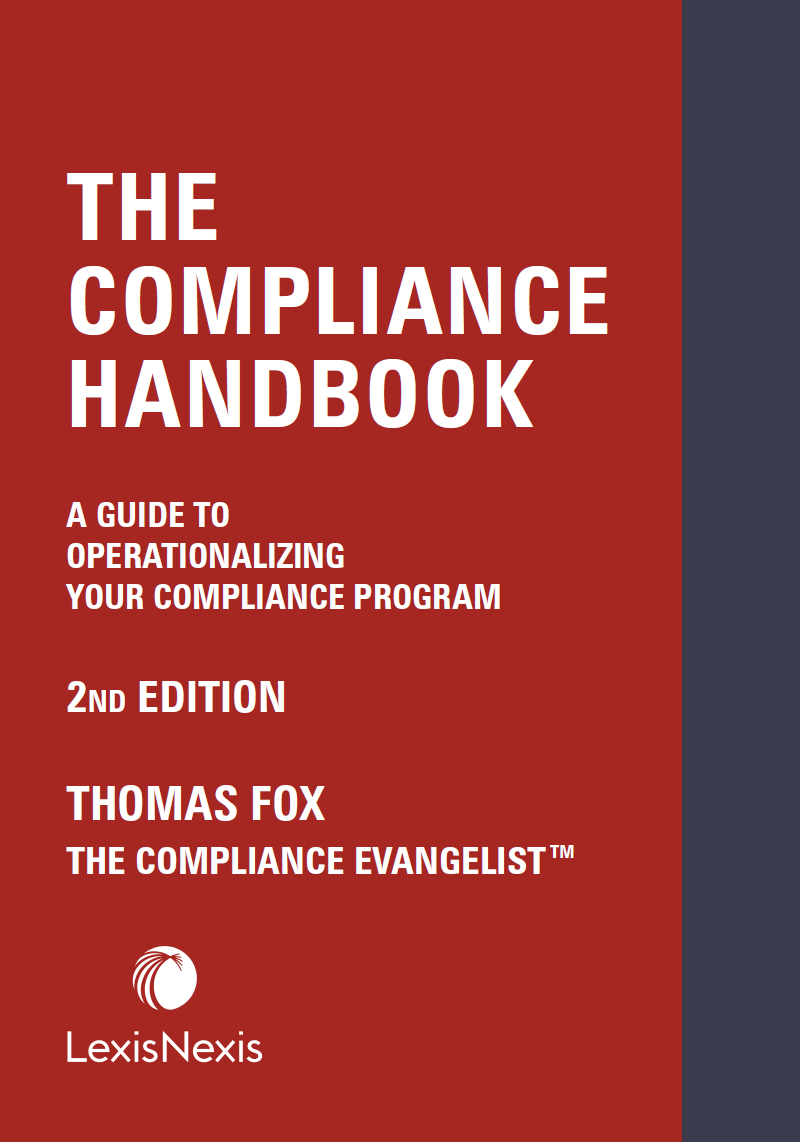The Mindful Marketer
Lisa Nirell
Today’s marketers face a perilous journey.
As a result of new buyer dynamics, a boardroom-level obsession with marketing ROI, and “big data” driven decision-making tools, today’s marketing leaders are expected to be tech-savvy, data-driven brand ambassadors on the vanguard of change. But as marketing demands and workloads continue to evolve at the speed of sound, it is becoming more difficult to stop, breathe, and reflect mindfully on future opportunities.
Lisa Nirell’s The Mindful Marketer is a 3-part playbook for thriving in the new world of modern marketing. An industry veteran who has advised companies like Microsoft, Adobe, Bozzuto, and Oracle accelerate growth and build customer mindshare, Nirell shows readers a “middle path” between mindfulness and market acceleration. Among other things, The Mindful Marketer examines how constant connectedness and multi-tasking can contribute to lower productivity, reduced brand repute, executive-level misalignment, and big data investment black holes.
Staying present, Nirell asserts, is the best way to attract lifelong customers, create healthier organizations, and foster breakthrough innovations. Lisa’s personal insights and client success stories show you the opportunities and possible pitfalls presented by modern marketing.
Guy Kawasaki, chief evangelist of Canva and former Apple evangelist, says “In The Mindful Marketer, Lisa Nirell helps you align hearts, minds and actions. This is the secret sauce to connecting with customers.”
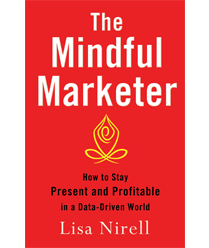

Are CEOs from Mars and CMOs from Venus? Several of my clients and CMO community members think so.
Even though marketing automation, big data, and analytics tools have generated some impressive business results, CMO distrust and misalignment still lingers within executive suites. Our 2nd annual CMO Trends survey proves it. In fact, participants revealed that their top concerns are making sense of the many sources of customer data, as well as demonstrating their ability to take meaningful action on that data.
Before you hop on your starship and search for a new place to land, let’s explore the common marketing behaviors that undermine our ability to demonstrate our value as marketers:
Assuming that seniority matters. Just 10 years ago, decisions were driven by the hunches of “the smartest folks in the room.” This infers that the company elders have the final say on key decisions. In today’s diverse marketing organizations, big data and innovative thinking rule. Step back, suspend your ego, and look at your role and initiatives through a pair of fresh eyes. Play your hunches, review the data, andtest your assumptions.
Perpetually using “marketing speak.” Think about it. Your CFO and the VP of Sales report on pipeline, revenue, backlog, and return on investment. Often, when attending board meetings, marketing uses different language, such as campaigns, lead scoring, social media, and event planning. The most disempowering, energy draining words usually involve sports and military metaphors. These words create dissonance. Dissonance can lead to misunderstandings, and misunderstandings can lead to mistrust.
Here is a Marketing Language Meter™ I created to help you assess any overused terms in your messages. This Meter may help you transform your messages into more collaborative, customer-centric terminology:
The Marketing Language Meter™
| Low-energy marketing language | High-energy marketing language |
| target | serve |
| imitate | innovate or manifest |
| pitch | converse or acknowledge |
| push | shepherd |
| chase | earn or connect |
| attack | engage or participate |
| pursue | nurture |
| penetrate | expand |
| exploit | invite |
| saturate | grow |
| capture | engage or connect |
| seduce | engage or excite |
| manipulate | dance |
| tell | guide |
| compete | collaborate |
| revenue stream | legacy or impact |
Excerpt from The Mindful Marketer: How to Stay Present and Profitable in a Data-Driven World. Copyright 2014, Lisa Nirell. All rights reserved.
Using poor reporting timing. It’s important to synchronize your reporting cadence of the rest of the organization. Most organizations follow a reporting cadence that is weekly, monthly, quarterly, and annually. During staff meetings, the VP of Sales reports how you are tracking against forecast. The CFO reports on how earnings, revenues and renewals compare to previous quarters. Conversely, the VP of Marketing may report on the latest Twitter campaign results at one meeting, and the number of leads from a big trade show at the next. This is downright career-limiting, and needs to be curbed.
Chris Zegal, VP of Marketing for Wausau Financial Systems, illustrates why Sales and Marketing need to align their reporting systems. “My team, like sales, has a quota. But in my organization, talk about leads is dead. Instead, we talk about sales opportunities. In fact, two of our primary metrics for marketing are related directly to the sales pipeline:
- – Marketing sourced opportunities which are accepted by sales;
- – Sourced pipeline volume from marketing.”
If you are lacking data to support your gut instincts, speaking your own language, or are following a different reporting cadence than the rest of your company, then you are swimming against the current.
Using the wrong key performance indicators (KPIs). Your metrics should align with your portfolio of products and services.Some products and services require as many as 5–7 years before they contribute scalable revenues and profits to an organization. And that’s okay–it’s typical behavior in an innovative organization. Over time, companies attempt to implement systems and processes to move those products across a time horizon to ensure they eventually generate a healthy, predictable stream of revenues.
As a marketer, you must set expectations with your CEO that you will be investing different levels of your marketing budget to products based on their projected revenue contribution timeline. Promote your portfolio of products and services differently as they reach different points on the time horizon. While creating a brand new category, for example, it is common to invest heavily in publicity, securing name brand customers, and thought leadership content to drive adoption. As your products mature, and begin to contribute revenue in the present time horizon, congratulate your team. They have probably attained mainstream market acceptance and scale. At that stage, you may want to measure revenue attained versus plan, market share, and customer wallet share.
Dwelling on the past.This recommendation runs contrary to Jim Collins’ highly acclaimed hedgehog model, which encourages companies to only focus on what they are passionate about, what they do very well, and what the market will reward them to deliver. It also works hand in hand with the previous KPI strategy I mentioned. Many companies settle into complacency. They often don’t know when to walk away from the past, divest their cash cows, and reinvent themselves. I encourage my clients to allocate at least 15 percent of their budget in unproven, exploratory initiatives.
Ignoring or averting the bad news.Transparency drives trust. Joe Payne reminds us that “If I know that you know, then I can trust you will solve the problem. Tell me the bad news immediately, and show me a way you are going to fix it. If you don’t talk about your plan and your progress, then you are in a bad place. And I will assume you don’t even know you are in a bad place. That’s when I need to find someone else to fill your shoes.”
As a marketing leader, you sometimes have to step off the spacecraft and explore the lunar surface without a tether. But in most cases, your life and your business depend on following a well-orchestrated flight plan. It greatly increased your chances of arriving home safely.
copyright 2014, Lisa Nirell. All rights reserved.

Lisa Nirell is the Chief Energy Officer of EnergizeGrowth® and the founder of Marketing Leaders of DC™. Innovative companies such as Adobe, Infor, Oracle, and Walker & Dunlop consider Lisa a strategic marketing and CMO success expert. They hire Lisa to gain fresh insights and launch breakthrough growth ideas.
She is an award-winning FastCompany and HuffingtonPost expert blogger. She also authored EnergizeGrowth NOW: The Marketing Guide to a Wealthy Company and the just-released The Mindful Marketer: How to Stay Present and Profitable in a Data-Driven World.





